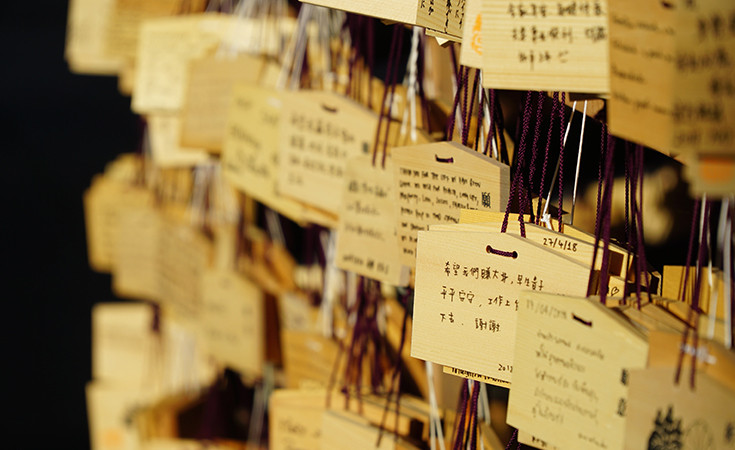
Meiji Jingu is one of the shrines in Japan, with a huge forest that covers an area of 70 hectares. The shrine is located in the city of Tokyo, and when you step on its ground, you will be completely lost in the greenery and delight in the peace that reigns in this place. The Meiji Jingu Shrine was founded in 1920 in the honors of Emperor Meiji and Empress Shoken, who took the initiative to create the foundations of modern Japan. The shrine is dedicated to their souls. The tombs of the imperial couple are in Kyoto. After the emperor and his wife passed away, the people expressed the desire to mark their virtues and to respect them forever.
Thanks to a donation of over 100.000 trees that arrived from all over Japan and the voluntary work of many Japanese, the shrine was ceremoniously completed on November 1, 1920. This area today is covered by an evergreen forest consisting of 120.000 trees with over 365 different species. Many people visit the forest as an area for recreation and relaxation, and the location is more than convenient - the center of Tokyo itself.
In order for visitors to visit the shrine, they need to cross the Jingu Bashi Bridge. The entrance to the shrine is from sunrise to sunset. What is interesting is that the forest is designed to be the "lungs" of the city in some way and to regenerate itself.
The shrine consists of two main areas: Naien, the inner part, which includes the buildings of the shrine, the Meiji Jingu Museum, which exhibits objects of the imperial family. The other area is Gaien, the exterior part which includes the Meiji Memorial Image Gallery, which contains a collection of 80 large frescoes depicting events from the life of the emperor and his wife. Gaien also includes national stadiums (Meiji Jingu Gaien Stadium, National Stadium and New National Stadium), Meiji Memorial Hall (Meiji Kinenkan). Today this hall is used for Shinto weddings.
Most of the shrine complex was unfortunately burned during the bombing during World War II in 1945. Fortunately, the forest survived. After the end of the war and the capitulation of Japan, the hardworking Japanese threw themselves into business, so the whole shrine was almost completely rebuilt until 1958.
Several million people visit the Meiji Jingu Shrine as the first visit to the shrine in a year. Various ceremonies are sometimes held here, such as a procession of Shinto priests or weddings.
Barrels with sake and rice wine are located on both sides of the driveway.
Meiji Jingu Museum
The Meiji Jingu Museum was reconstructed and newly opened in 2019. It was designed by architect Kuma Kengo, who also designed the New National Stadium in Tokyo. Wood is an important feature of Kuma's design, so this museum is no exception. The museum exhibits items that were used or were associated with Emperor Meiji and Empress Shoken. The museum covers 3200 m2 of exhibition space spread over two floors.
 Entrance to the Meiji Jingu Shrine is FREE.
Entrance to the Meiji Jingu Shrine is FREE.
If you want to visit the indoor park the price is 500 ¥
The working hours of the shrine are from dawn to dusk.
 Meiji Jingu working hours
Meiji Jingu working hours
The Museum is open from 10:00h to 16:30h. Last entrance at 16:00h
The Museum is closed on Thursday
Photo credit: Lennart Jonsson